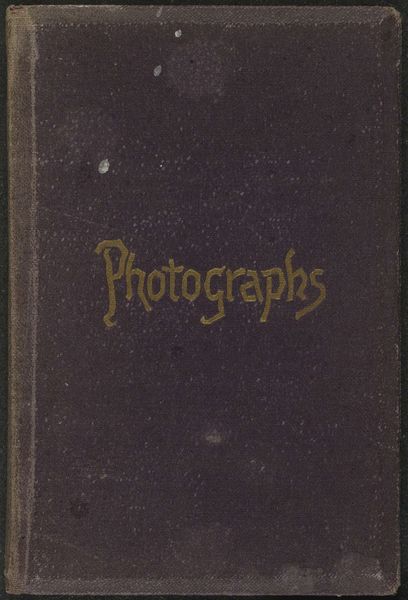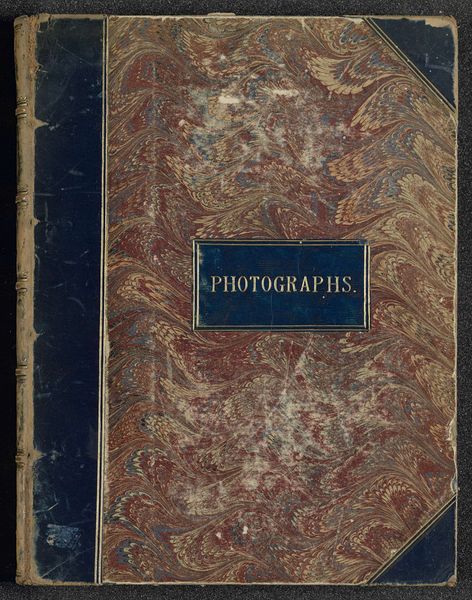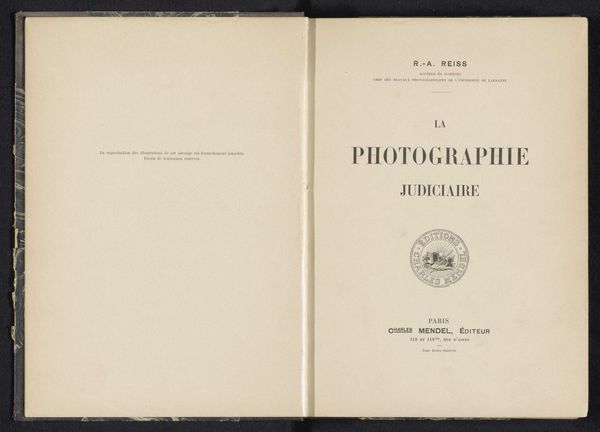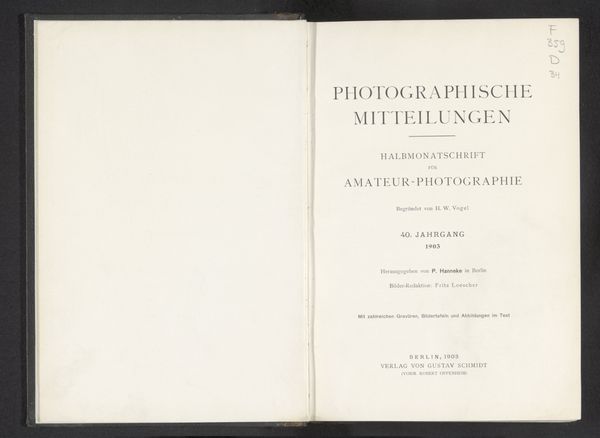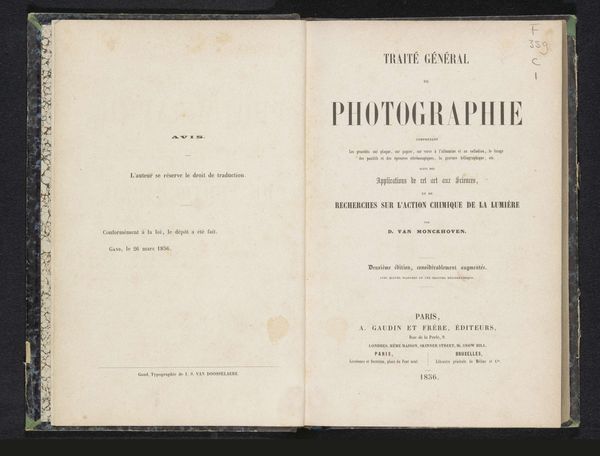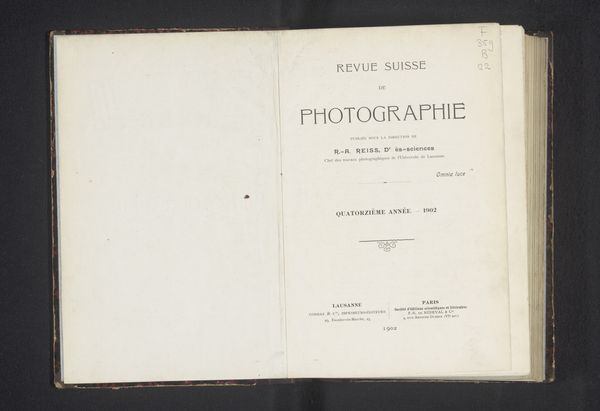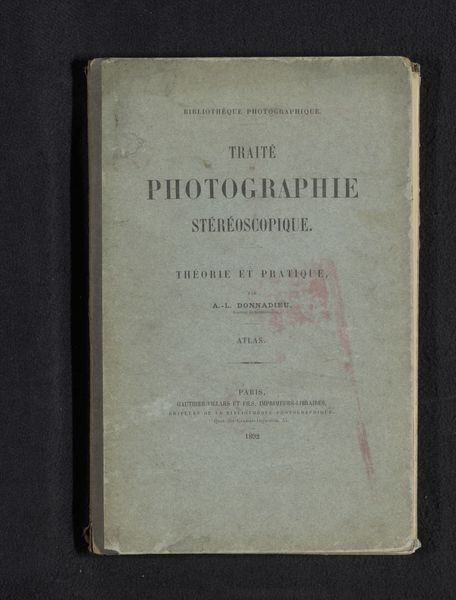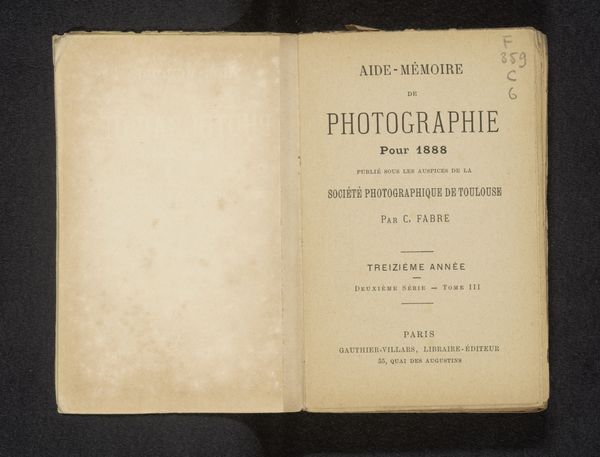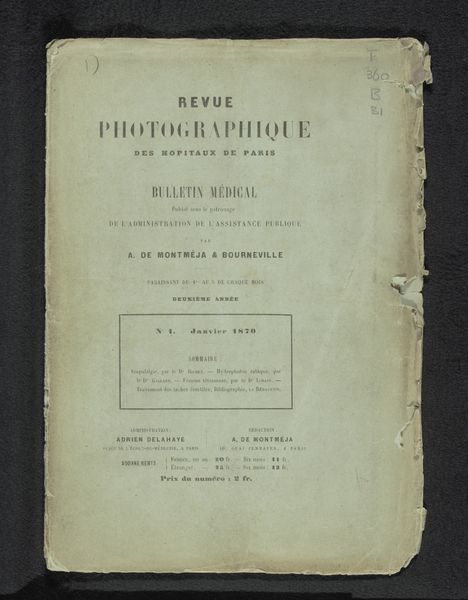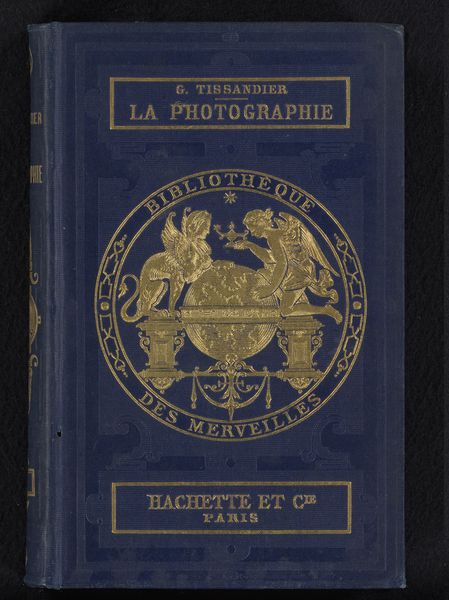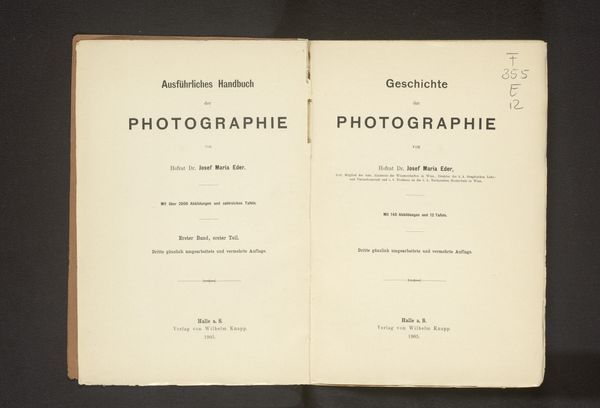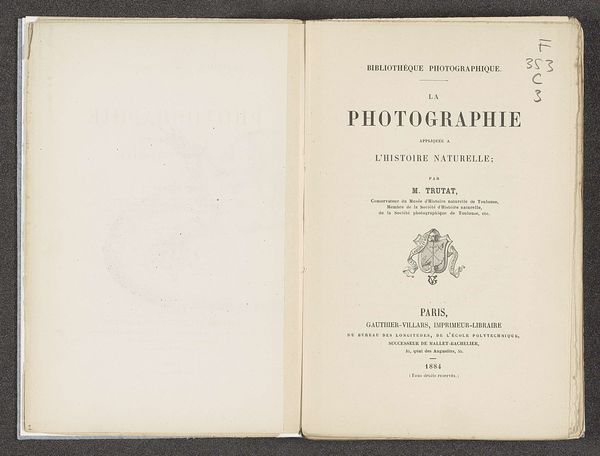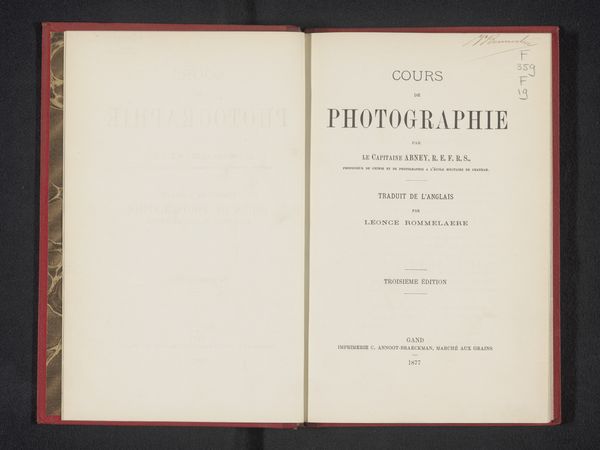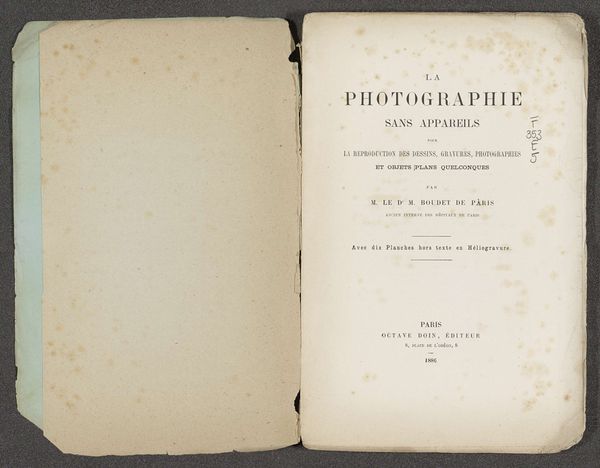
Hansje, the Photographer’s Daughter, with a Boy at the Beach 1897 - 1899
0:00
0:00
photography, albumen-print
#
book
#
photography
#
coloured pencil
#
albumen-print
Copyright: Rijks Museum: Open Domain
Editor: So this is “Hansje, the Photographer’s Daughter, with a Boy at the Beach” made sometime between 1897 and 1899 by Willem de Jong. It appears to be a photograph from an album. It's striking how formal it looks, even though it is supposedly a candid scene. What strikes you when you look at it? Curator: Immediately, I see a tension between the seemingly innocent portrayal of childhood and the socio-political implications of representation. These albumen prints were often used to construct and reinforce specific ideals about family, childhood, and gender. This image, on the surface, might appear to simply depict leisure. But let’s dig deeper, whose leisure are we seeing and at what cost? How does this representation reinforce or challenge prevailing societal norms of the time? Editor: I hadn't considered that angle. It's interesting how what looks like a simple photo album cover can be interpreted in that way. So the act of portraying childhood, particularly affluent children, serves almost as a status symbol? Curator: Precisely. Think about the power dynamics inherent in the act of photography itself. Who has the privilege to document, to frame, to construct narratives? These aren't neutral acts. The creation and consumption of images like this are deeply intertwined with societal hierarchies and ideological power. The scarcity and preciousness of photograph albums at this time speaks to who can afford such documentation, who gets to control the narrative. Does this change your initial reaction at all? Editor: Absolutely. It makes me wonder about who "Hansje" really was, beyond being "the photographer's daughter," and what her role in society might have been. I see so much more in just this album cover now! Curator: That’s exactly the point. Art becomes powerful when we interrogate its context and implications. Seeing it as more than just a pretty picture, right?
Comments
No comments
Be the first to comment and join the conversation on the ultimate creative platform.
